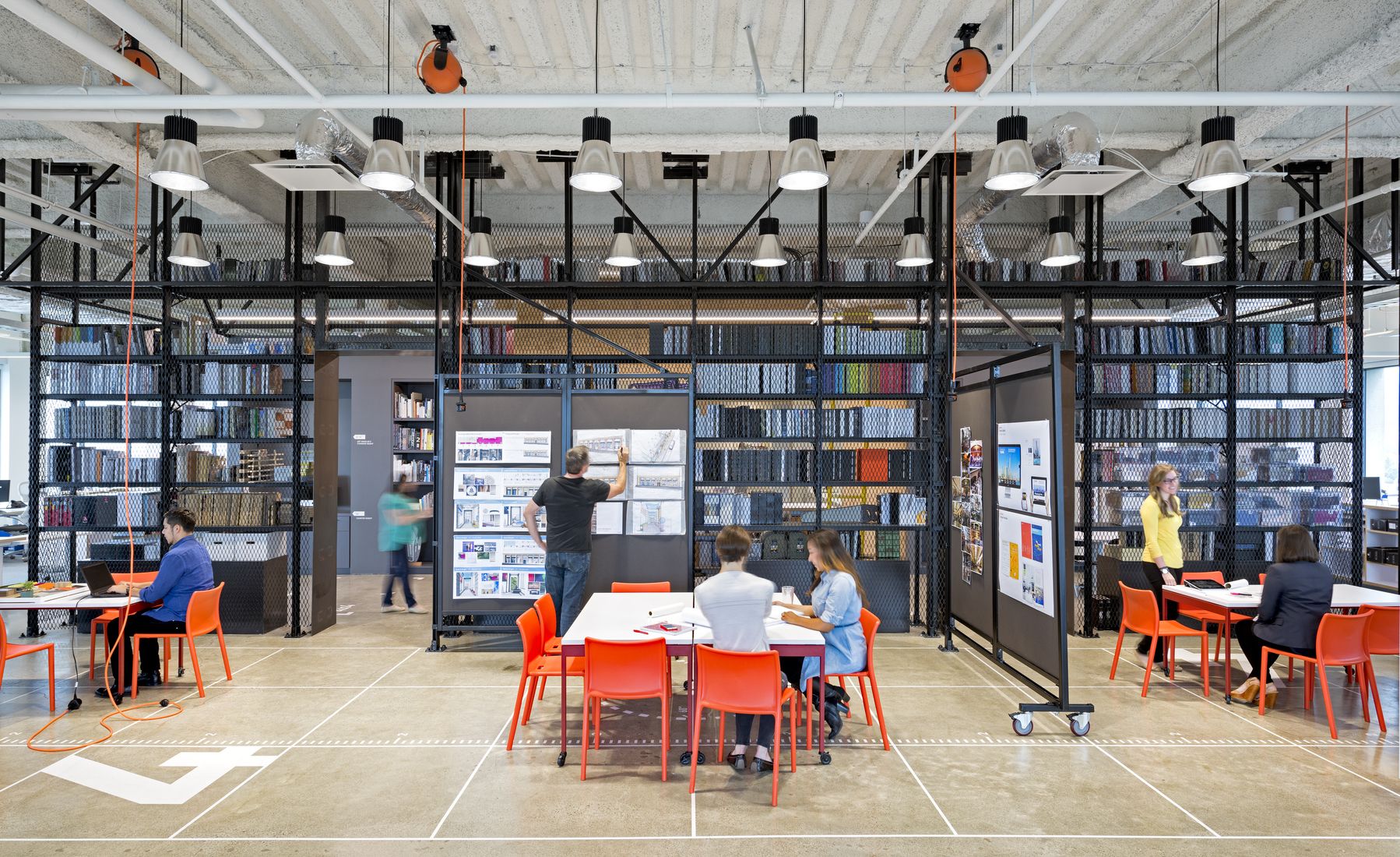A “burst” in architecture activity is what we would entitle the scene of the Architecture industry in the last fifteen years. Almost all developed cities and those with emerging economies have their own architecture masterpieces that have either or all: aesthetic delight, functional feasibility, and structural creativity. The architecture practice can be interdisciplinary, and architecture practitioners of different scales, activities, and specialties have been making good businesses irrespective of the quality of the work they are producing.
Nonetheless, just as all disciplines, of which the construction industry is a major one, are undergoing drastic changes due to many factors, the architecture practice now is in urgent need to cope with the increasing impact of the globalizing economy, the rapidly evolving information technology, and cultural complications coming as a consequence of the first two factors.
The situation entails two contradictory aspects; both challenging and offering opportunities for architects, as the report published by the Royal Institute of British Architects (RIBA) about the “The Future of Architects” mentions: [the study sought to stimulate a discussion about the challenges and opportunities which architects in the broadest sense face in the hope that the ensuing debate will put them in the best position to succeed].

As social distancing continues, the future of architecture may trend towards remote work. (Farzad Nazifi/Unsplash)
The results the report came up with are significant, the major one being discussing the situation of major types of architecture practitioners in the future market, theoretically set as 2025. Further, the report predicts the possible roles architects will take in the future, and how might architectural practice have changed as a result.
In a surprising statement made for the interviewers preparing the report, a client advisor working in a global consultancy said as for the future of architecture practice: “Risk will shape the industry in the next 15 years.” So, what will the architecture office making its way through this cluster of circumstances be like, in the light of the mentioned report? What are the concrete conditions shaping this qualification in the near future?
According to the mentioned report, architecture firms are classified into three categories: firms maintaining a stable practice condition, firms with more growth opportunities, and firms under risk. Small local general practices, international star Architects, specialist niche practices, and traditional regional delivery-driven practices seem the ones on the safer side.
Practices in emerging economies, global interdisciplinary consultancies, BOOT (Build-Own-Operate-Transfer) designers, subcontractors/specialist suppliers, design houses/creative agencies are the ones on right track for success. However, medium-sized design-led practices and small metropolitan boutique practices face different pressuring conditions.
The mentioned results are built upon the data collected and inferred from the various studies and interviews conducted on clients, architecture practitioners, and students. There are definite facts that shaped these criteria that we will elaborate on.
It’s an era evolving in a crazy way. The population is growing significantly, so are the cities inhabited by it. Bigger cities mean more construction, more infrastructure, less time, meeting the complex needs within budgets, and the list gets longer.
As the buildings themselves become more complex and technical, the architect, among many new ‘musts’ cannot, at least, remain traditional in any possible sense.” In the future, we may see more practitioners working in broad, interdisciplinary, internationally focused creative and strategic businesses, as well as holding positions of seniority in the construction industry.” Expanding the architects’ modes of practice is demanded.
Why not get more into fields like stage design, public art, installation design, public space design, and other fields? When will we witness a transformation in the name of our own workspaces to reflect our expanding practice? “Spatial agency’ or “Design House” probably better describes the impact architects are capable of bringing. A statistic carried in the UK( since it was the RIBA conducting the research) shows that the traditional training architects have always had to undergo to be qualified for professional practice in the market is not prominent for holding seniority in other branches of the architecture practice. This is concerning the individual architects of the future. Now, what about the architecture offices/firms?
‘In the future architects may work in a more consultative, networked manner.’This step is carried on the level of staff in one consultancy, and on the scale of many offices and even firms: Collaboration through networking. On the level of the single consultancy, it could happen among the workers, through the office environment.
Moving away from the office desk as the main place of productivity seems one of the new ideas in office environment design already applied in firms like Apple. It has been realized that “packing employees tightly into spaces will not necessarily result in greater productivity”, according to Philip Tidd from the design and architecture firm Gensler.
As for networking happening in the same firm among branches, it is basically a ‘strategy of trying to break the traditional work process into smaller ‘chunks’, for which [architects] could charge a separate fee for, rather than drawing out a long process and receiving only one fee. Some firms created a sister company carrying out pre-design services that often are neglected as architects’ contributions.
These include consultation analysis, strategic thinking, and preparatory work prior to the design stage. Other consultancies set up satellite companies with certain specialties like industrial urbanism for example. Clients can still take huge benefits from this where they are having a plan for a definite time and budget.
Globalization and integrated working (BIM) are major urges for networking on an even larger scale than a firm to a global level. In one initiative, this concept allows keeping a small number of core employees, with technical work given to a network of trusted consultants, while they focus on one domain the building process. In another sense, this networking provides a one-stop-shop service through a network of consultants offering a full range of services.
Now we discuss a major term in the development of the future architectural practice: Financial literacy: ’All architects need to ensure their financial and economic skills keep pace with the increasingly sophisticated and complex financial environment of the globalized economy. Developing financial skills is a core value for practice if the firm were to deal with future economic perils. A simply design-led practice cannot reach out to the extent the client’s needs anymore. Seeing beyond building a building now is a skill taken for granted by clients.
On an equally important side are the IT systems. Though these invaded the industry a long time ago, they are gaining ground with each new invention, technology, and new method explored.
At this point, we can understand why certain types of architecture firms/ offices can remain stable, grow, or falter in the coming years. Responding to the challenges of interdisciplinarity in architecture practice, networking, branching, financial and commercial literacy, IT development, integration of architecture education with practice, and developing a culture of practice within a firm are the major practices to adopt in order to keep up with the pace of practice in the future.
The firm types that the report suggests to maintain stability in the near future have already incorporated many of these factors in their modes of practice. The ones that will most probably grow are the ones that are efficiently integrating these practices in their systems. Where these practices cannot be applied, the firm is most likely vulnerable to be swept away by the growing architecture industry.
References:
- http://www.buildingfutures.org.uk/assets/downloads/The_Future_for_Architects_Full_Report_2.pdf
- http://www.archdaily.com/118441/what-will-the-architecture-profession-look-like-in-2025/
- http://www.buildingfutures.org.uk/assets/downloads/The_Future_for_Architects_Full_Report_2.pdf/ p.18 to 27
- Ibid, p 28
- http://www.archdaily.com/118441/what-will-the-architecture-profession-look-like-in-2025/
- http://www.buildingfutures.org.uk/assets/downloads/The_Future_for_Architects_Full_Report_2.pdf/p. 32
- http://www.theguardian.com/business/2014/sep/14/office-designs-apple-bbc-google
- http://www.buildingfutures.org.uk/assets/downloads/The_Future_for_Architects_Full_Report_2.pdf/p.33
- Ibid p.34






